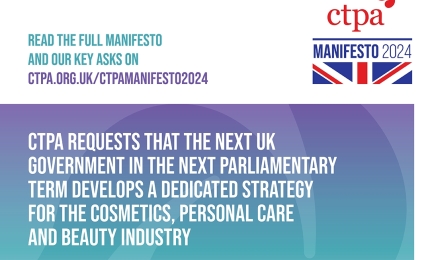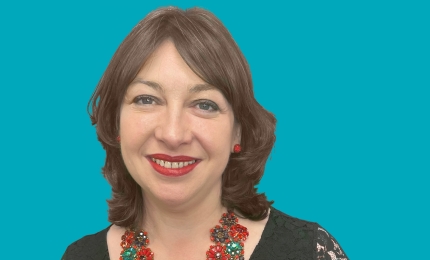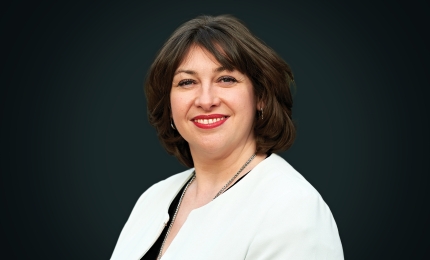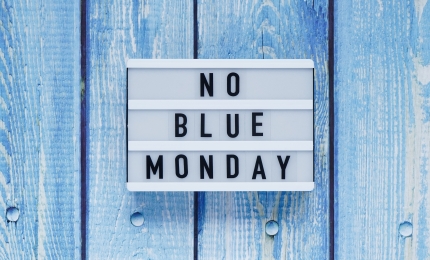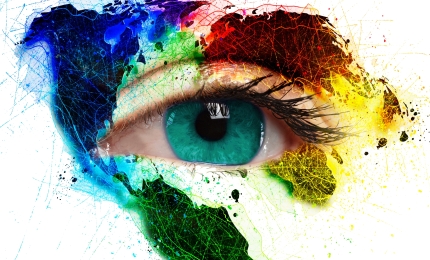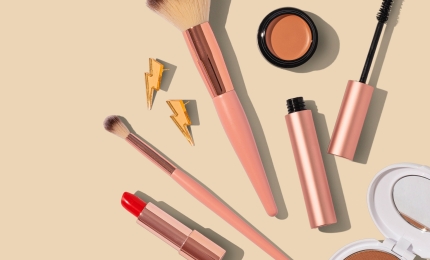Find us on...
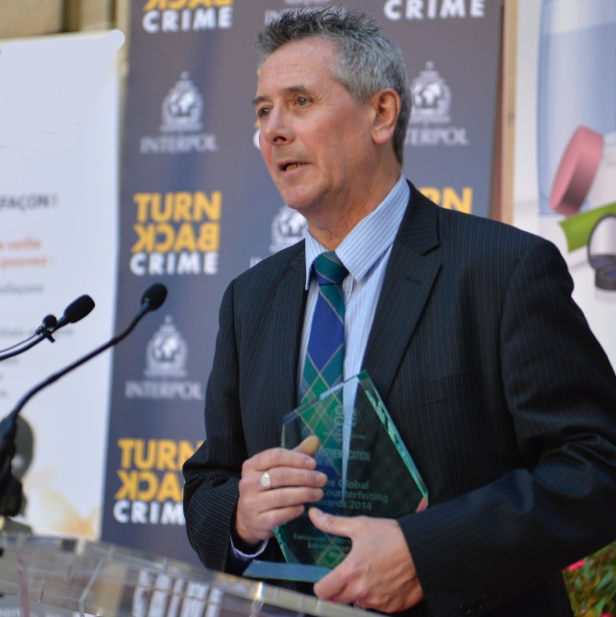 It’s that time of year again when we take to the high streets and internet highways in our millions to buy something special for the people we love. We spend hours scouring shelves, sites and social media to find the perfect gift. But what if that perfect gift isn’t all it’s cracked up to be? Or worse, what if it comes with some very unpleasant side-effects?
It’s that time of year again when we take to the high streets and internet highways in our millions to buy something special for the people we love. We spend hours scouring shelves, sites and social media to find the perfect gift. But what if that perfect gift isn’t all it’s cracked up to be? Or worse, what if it comes with some very unpleasant side-effects?
Unfortunately, there’s one way to pretty much guarantee this will be the case: give the gift of a counterfeit cosmetic, toiletry or perfume product this Christmas.
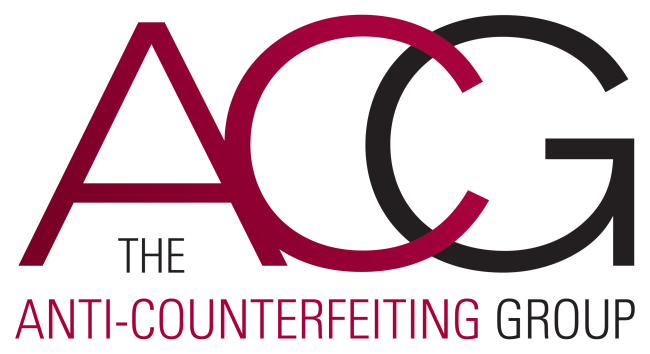 A counterfeit beauty product may look very pretty from the outside. Counterfeit packaging has come on leaps and bounds in recent years. It may well smell very lovely too. But you can be certain that what’s inside the bottle or tube will be anything but a treat for the (un)lucky recipient. The reason for this is that counterfeiters are reproducing your favourite products with their profit, not your safety, in mind.
A counterfeit beauty product may look very pretty from the outside. Counterfeit packaging has come on leaps and bounds in recent years. It may well smell very lovely too. But you can be certain that what’s inside the bottle or tube will be anything but a treat for the (un)lucky recipient. The reason for this is that counterfeiters are reproducing your favourite products with their profit, not your safety, in mind.
A pretty awful but typical example of this is counterfeit perfumes, which can be a tempting gift choice at this time of year. One of the key ingredients in every perfume is something called a ‘stabiliser’. Not only are stabilisers essential for perfumes to work properly, but they’re also one of the more expensive ingredients in perfumes, which is why counterfeiters seek out much cheaper alternatives to those used by your favourite brands. Stabilisers used by bone fide cosmetics manufacturers have to be safe. Unfortunately, animal urine is a particularly popular stabiliser substitute with counterfeiters.
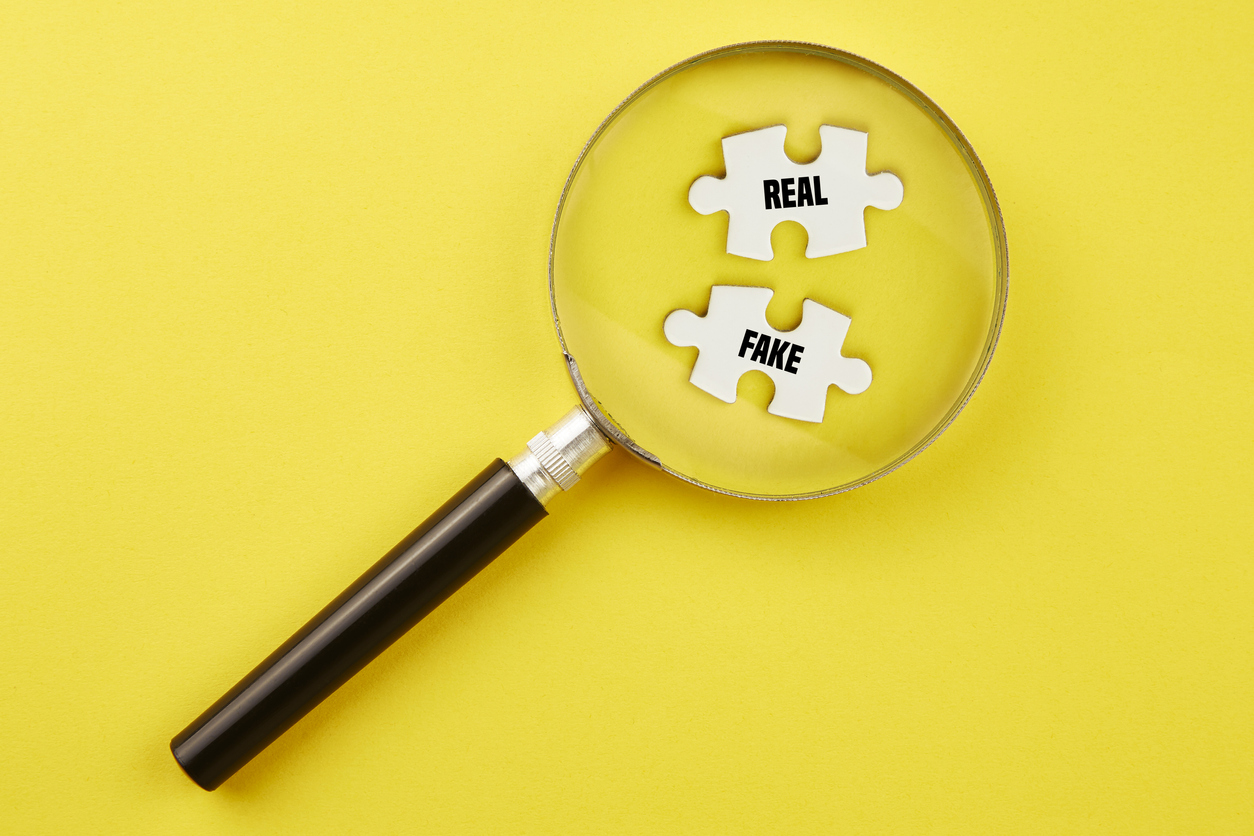 The key point here is that counterfeiters will look for any way to cut a corner, so there’s simply no way of knowing what’s lurking behind that faked well-known label. But what we do know is that counterfeiters are getting increasingly reckless in the way they create products. Those of us tasked to crack down on these criminals are finding ever more dangerous and toxic ingredients, packaged up and sold in increasingly sophisticated ways.
The key point here is that counterfeiters will look for any way to cut a corner, so there’s simply no way of knowing what’s lurking behind that faked well-known label. But what we do know is that counterfeiters are getting increasingly reckless in the way they create products. Those of us tasked to crack down on these criminals are finding ever more dangerous and toxic ingredients, packaged up and sold in increasingly sophisticated ways.
The COVID-19 pandemic, and the lockdown measures that came with it, brought about huge changes in the way that counterfeits are marketed and sold. Counterfeiters needed to find ways to cater for those buying goods online, which meant many moved away from the big bulk orders that were typically shipped to market traders and started to list, sell, and ship individual products to people; purchased online and then delivered direct to their homes.
This shift in the shape of the market is making it incredibly hard for officials to crack down on counterfeit goods. They simply don’t have the resources to unwrap and check every single package sent to a consumer. At the same time, it’s made much harder for consumers to be certain that they’re paying for the genuine article. In recent years there’s been an increase in counterfeit sales through trusted social media influencers. While tell-tale signs on packaging, for instance, are only obvious once the product is delivered.
The truth is that consumers can play a more critical role than ever in cracking down on dangerous counterfeit goods. You can report suspected fakes to Trading Standards and let them know the sites or social media platforms where you purchased them. All too often, those selling counterfeits will be flouting other rules too, from passing your data to third parties to directly steal your bank details. Remember, their focus is making money, not creating satisfied customers.
And of course, playing your part in the fight against counterfeits not only protects you and your loved ones from harm, but safeguards the future of the UK beauty industry too. Worldwide the trade in counterfeiting is worth $454 billion dollars. That’s around £343 billion. The GDP of the whole of Austria!
Every pound that is going into counterfeiters’ pockets, is a pound less to contribute to vital taxpayer services, like the NHS. Meanwhile, all the evidence shows that counterfeiters use their income to seed-fund other forms of serious crime, from child labour to drug smuggling and people trafficking. Not exactly what your loved one was hoping to find under that tree.
How to spot - and stop - the counterfeits this Christmas
According to the Chartered Trading Standards Institute, before buying from an unofficial seller or website, people should always remember ‘the 4 Ps’:
Place: Always buy from a reputable stockist (inc. Internet sites & platforms) or duty‐free outlet.
Price: If a deal looks too good to be true, it most probably is.
Packaging: Look out for poor quality labelling, including spelling mistakes and poor grammar.
Product: Look out for fake versions of well-known brands and be wary of unusual brand names you haven’t seen before.
If you do suspect that your Christmas beauty treat isn’t what you hoped for, get in touch with the team at Trading standards, who will be more than happy to hear from you.
Find more tips on how to spot a fake this festive season here.
Phil Lewis is Director-General of the Anti-Counterfeiting Group (ACG), which represents around 3000 international brands in the fight against counterfeiting. The ACG takes a collaborative approach to the growing challenge of counterfeits, working closely with Trading Standards, Police, UK Border Force (Customs) and a host of international agencies such as Europol, the OECD Task Force on Illicit Trade, Interpol and the World Customs Organisation.

